What can we learn about plastic inside the human body?
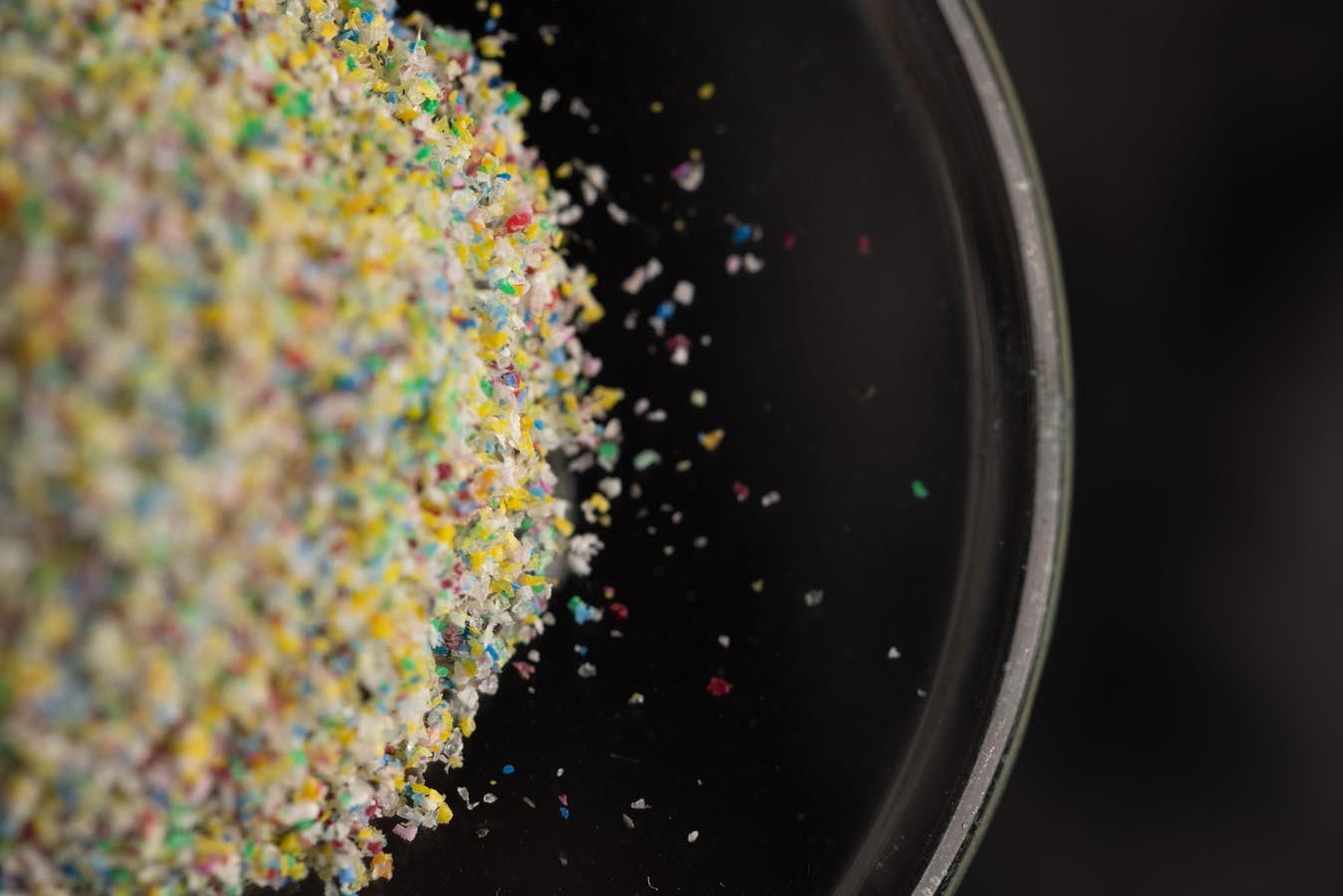
Get the latest UQ research news delivered straight to your inbox.
Are tiny pieces of plastic inside our brains?
Humans are exposed to plastics daily, through the air we breathe, the food we eat, and the water we drink. But what we don’t yet know is whether these pieces of plastic – some as tiny as a virus – pass through the gut or accumulate in our bodies.
A partnership between The University of Queensland and Minderoo Foundation, The Minderoo Centre – Plastics and Human Health is dedicated to developing methods that are sensitive enough to detect plastic in our blood, urine or brain.
Professor Kevin Thomas speaks about the Minderoo Centre – Plastics and Human Health's capabilities.
UQ researchers are currently working on the initial phase of the project inside one of the world’s first plastics contamination-controlled laboratories based in UQ’s Queensland Alliance for Environmental Health Sciences, located in Brisbane, Queensland.
But there are challenges associated with carrying out this important work – it takes a unique facility and team to do the job.
“The plastic particles are much, much harder to detect when you get down to this microscopic size,” says Professor Sarah Dunlop, Director of Plastics and Human Health at the Minderoo Foundation.
“It’s like trying to find a tennis ball in a court that is 100 kilometres long.”

The Plastics and Human Health research team: Dr Cassandra Rauert, Dr Nathan Charlton, Professor Jochen Mueller, Ms Julia Lin, Dr Xianyu Wang, Professor Kevin Thomas.
The Plastics and Human Health research team: Dr Cassandra Rauert, Dr Nathan Charlton, Professor Jochen Mueller, Ms Julia Lin, Dr Xianyu Wang, Professor Kevin Thomas.
Building a stainless-steel lab
Due to the all-pervasive nature of plastics, the ambitious initial objective was to design and build a lab with the lowest plastic contamination in the world.
“We conducted extensive testing of construction materials including paint, floor coverings and adhesives,” Minderoo Foundation Chair Dr Andrew Forrest AO says.
“As most of these materials contained plastics or plastic chemicals that can leach into the lab, it was built almost entirely out of welded stainless steel.”
The lab took shape and the centre established last year, with a generous grant of $4.5 million from the Minderoo Foundation.
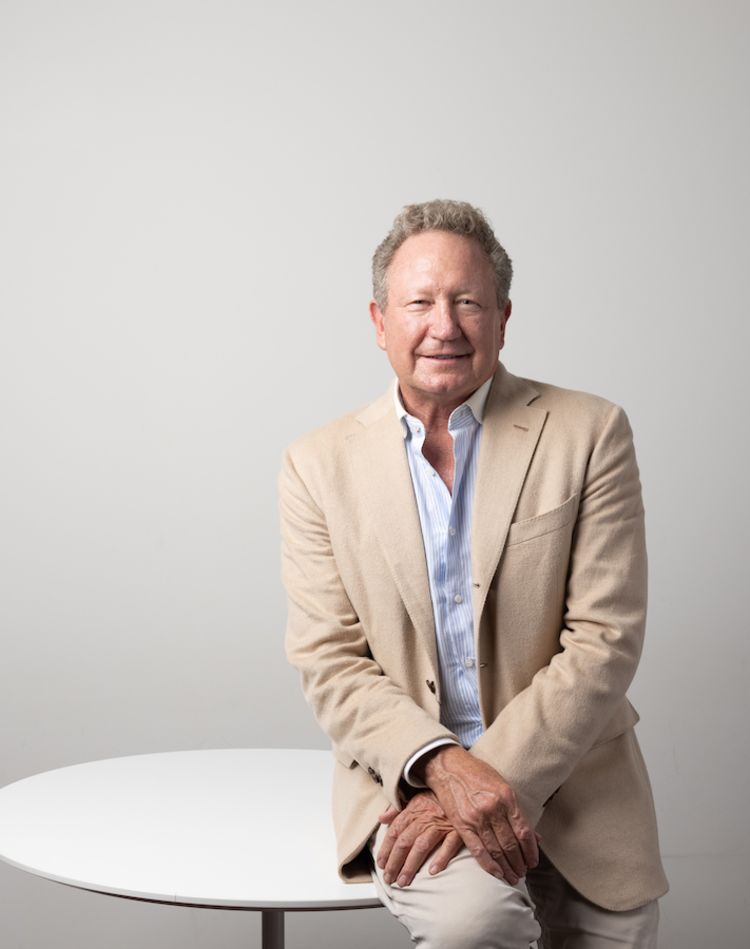
Minderoo Foundation Chair Dr Andrew Forrest AO.
Minderoo Foundation Chair Dr Andrew Forrest AO.
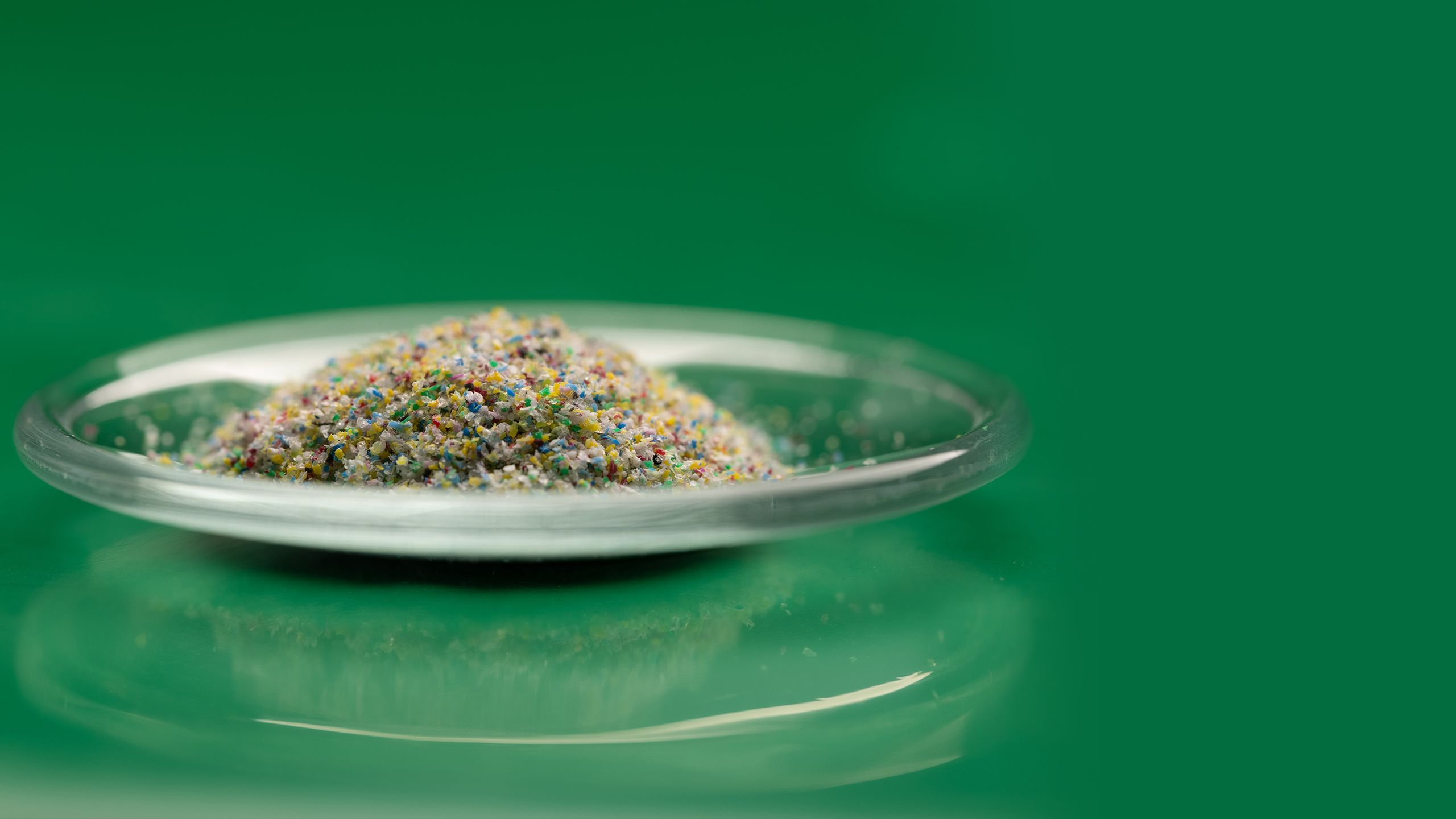
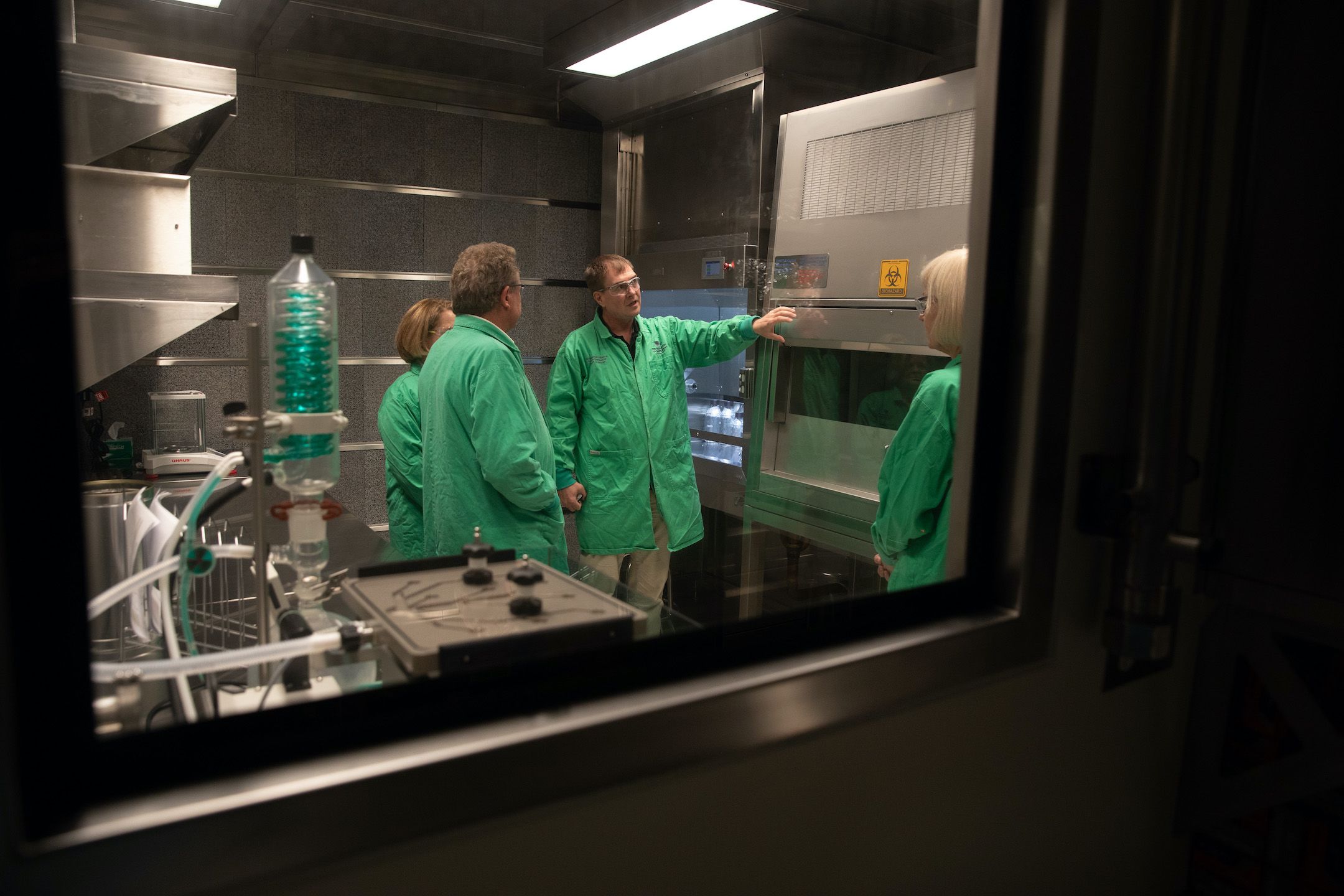
A collaboration beyond philanthropy
UQ Vice-Chancellor and President Professor Deborah Terry says the partnership extends beyond philanthropy.
“Minderoo have their own expert researchers working on plastics and human health so we can effectively supercharge our impact by working together,” Professor Terry says.
“In addition to Minderoo’s scientific capability, they bring skills and knowledge including a deep understanding of chemicals regulation in Australia, and this adds an additional layer to the research this collaboration will produce.”
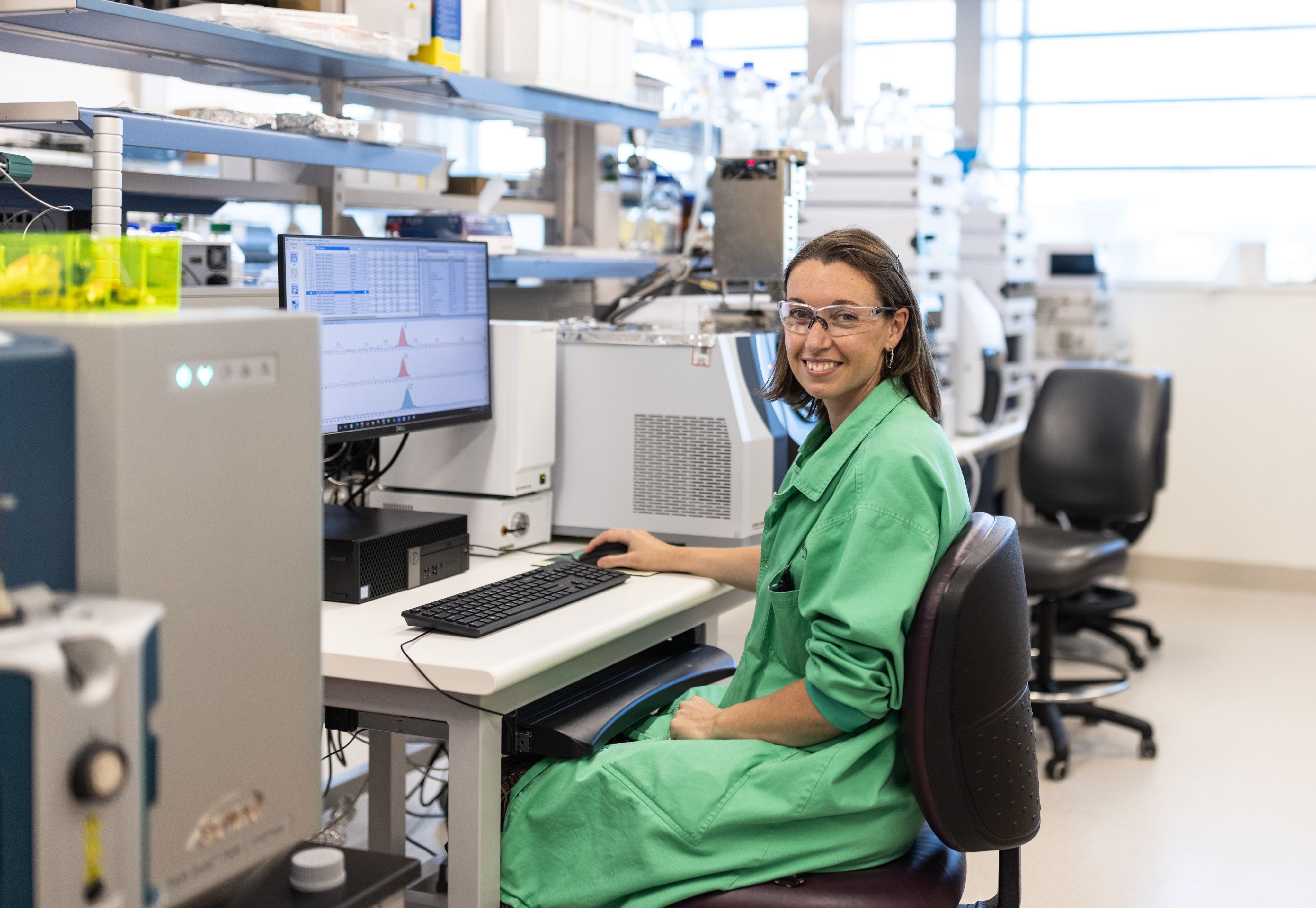
Dr Cassandra Rauert inside the Minderoo Centre – Plastic and Human Health.
Dr Cassandra Rauert inside the Minderoo Centre – Plastic and Human Health.
Professor Dunlop says Minderoo’s role in this ambitious research project was absolutely essential because many other funding agencies have a more conservative approach.
“To crack urgent and seemingly intractable problems such as plastic pollution of the human body, we need audacious out-of-the-box thinking and the capital to support it right now,” she says.
UQ providing world-leading expertise
UQ was selected as the centre’s base due to the existing expertise of researchers in measuring very small concentrations of molecules, allowing them to conclusively detect and measure plastics in samples.
Testing will look for plastics such as polyethylene, polypropylene, PVC, along with commonly used plastic additives such as phthalates and bisphenols.
The lab team wear brightly coloured, 100 per cent cotton scrubs to minimise fibre shedding and to ensure any loose fibres are easily identified.
UQ Alumni's new podcast series Doomscroll Remedy spoke to Professor Kevin Thomas about the need for action when it comes to plastic production.
The Sydney Brain Bank supplies samples to the lab to allow the research team to test for plastic in the brain.
“Our next goal is to measure chemicals and plastics within the body accurately so we can determine whether plastic particles are in humans or not, and the level of chemicals in our bodily fluids and tissues,” Professor Thomas says.
“The collaboration has given UQ’s researchers an opportunity to conduct world-leading research required to detect and measure nanoplastics in our bodies.
“Once we release our first findings, expected by the end of the year, we will be looking to join with other leading institutions working on similar missions around the world.”

A collaboration beyond philanthropy
UQ Vice-Chancellor and President Professor Deborah Terry says the partnership extends beyond philanthropy.
“Minderoo have their own expert researchers working on plastics and human health so we can effectively supercharge our impact by working together,” Professor Terry says.
“In addition to Minderoo’s scientific capability, they bring skills and knowledge including a deep understanding of chemicals regulation in Australia, and this adds an additional layer to the research this collaboration will produce.”
Professor Dunlop says Minderoo’s role in this ambitious research project was absolutely essential because many other funding agencies have a more conservative approach.
“To crack urgent and seemingly intractable problems such as plastic pollution of the human body, we need audacious out-of-the-box thinking and the capital to support it right now,” she says.

Plastic particles on a finger tip.
Plastic particles on a finger tip.
UQ providing world-leading expertise
UQ was selected as the centre’s base due to the existing expertise of researchers in measuring very small concentrations of molecules, allowing them to conclusively detect and measure plastics in samples.
Testing will look for plastics such as polyethylene, polypropylene, PVC, along with commonly used plastic additives such as phthalates and bisphenols.
The lab team wear brightly coloured, 100 per cent cotton scrubs to minimise fibre shedding and to ensure any loose fibres are easily identified.
UQ Alumni's new podcast series Doomscroll Remedy spoke to Professor Kevin Thomas about the need for action when it comes to plastic production.
The Sydney Brain Bank supplies samples to the lab to allow the research team to test for plastic in the brain.
“Our next goal is to measure chemicals and plastics within the body accurately so we can determine whether plastic particles are in humans or not, and the level of chemicals in our bodily fluids and tissues,” Professor Thomas says.
“The collaboration has given UQ’s researchers an opportunity to conduct world-leading research required to detect and measure nanoplastics in our bodies.
“Once we release our first findings, expected by the end of the year, we will be looking to join with other leading institutions working on similar missions around the world.”

